Everything You Need to Know About The One Big Beautiful Bill and Solar Tax Credits
It’s not all gloom and doom at Belmont Solar these days. In fact, like our solar panels, we’re embracing sunny skies and a touch of optimism.
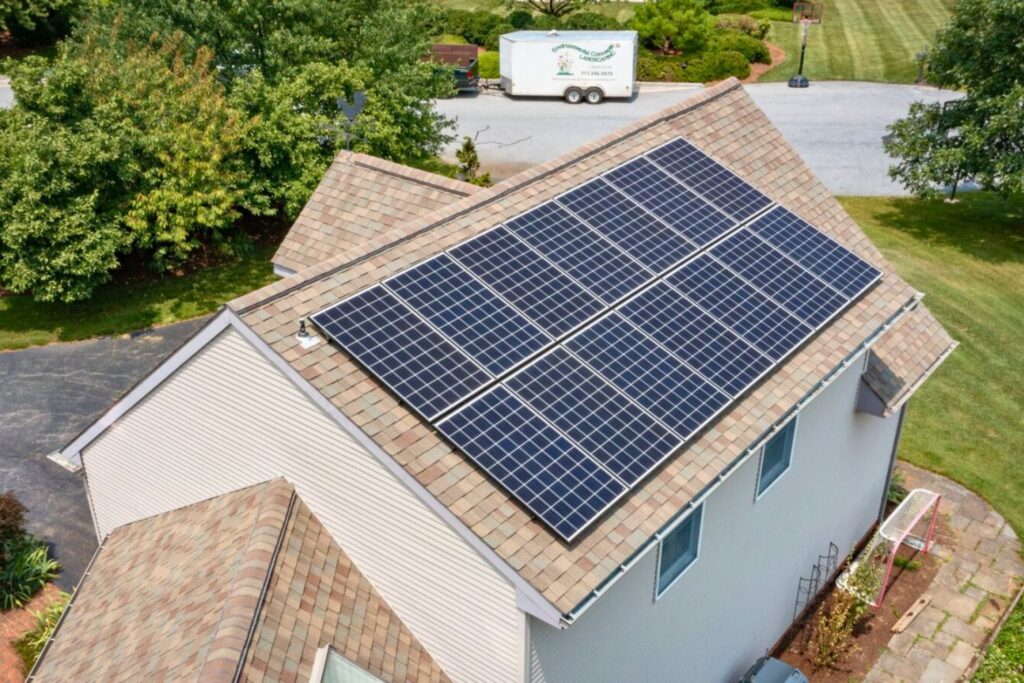
On July 4th, 2025, President Trump signed into law a bill known as H.R.1: the One Big Beautiful Bill Act (OBBBA). The bill, which includes wide-encompassing tax and spending policies, also includes accelerated phase-outs to energy tax credits specifically targeting solar and wind incentives.
For many in the industry, this is cause for concern – but at Belmont Solar, we’re taking a different view.
Here is everything you need to know about the One Big Beautiful Bill and solar tax credits in 2025 so you can decide if going solar is still in the future for you.
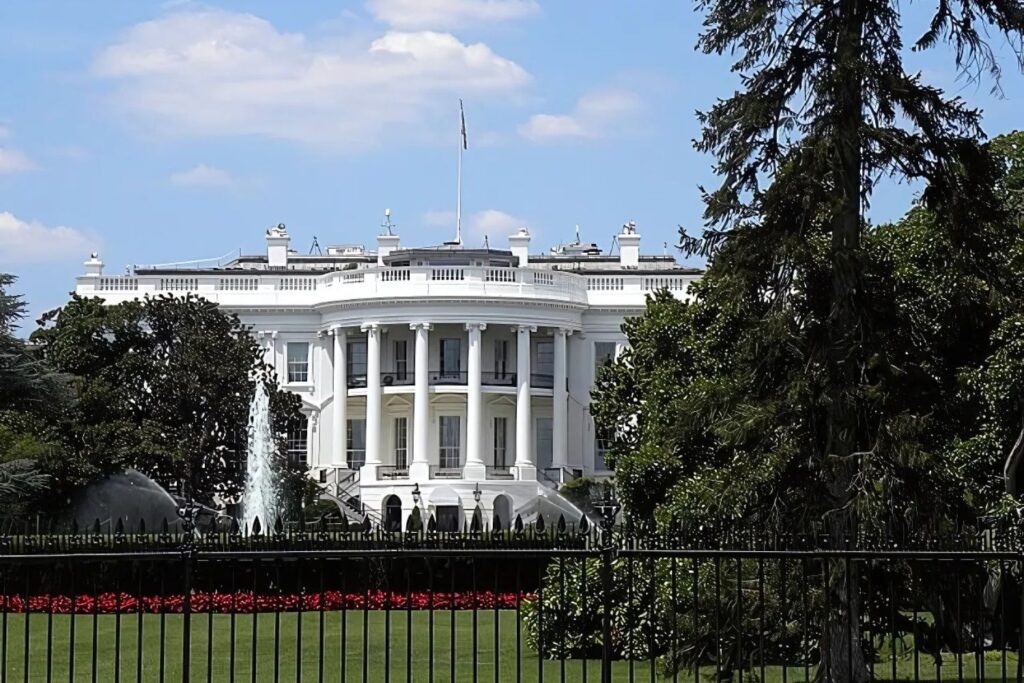
What is the One Big Beautiful Bill Act (OBBBA) and How Does it Affect Renewable Energy?
Generally speaking, the One Big Beautiful Bill Act is a major overhaul of U.S. tax policy. The White House claims the OBBBA will mean large tax cuts for middle and working-class Americans and a reduction of energy costs due to expanded oil and gas capabilities.
In action, the OBBBA will eventually end the IRS solar energy tax credits.
For renewable energy, these changes include:
- Ending the 30% federal tax credit for residential solar by 2026
- Limiting and phasing out commercial solar tax incentives that currently exist under the Investment Tax Credit (ITC)
- Prioritizing funding and tax relief for oil and gas energy sources.
will the Residential Solar Tax Credit End?
In 2005, the IRS instated the first version of the Residential Clean Energy Credit, outlined in section 25D of the U.S. Tax Code. This credit equaled 30% of the cost of new, qualified, clean energy property installed through 2032. The credit was set to phase down to 26% in 2033 and then 22% in 2034.
Now, the 30% federal tax credit is set to expire on December 31, 2025. In order to claim this credit, your solar system must be fully installed and operational by the 31st of December of this year.
Will the Commercial Solar Tax Credit End?
Changes to the Federal Solar Tax Credits for Businesses (Section 48) are a little more complex. Under the new bill, commercial solar projects can still fully qualify for the 30% tax credit if construction begins on projects within 12 months of the bill’s passage (on or before July 4th, 2026); these projects will be required to be completed before the end of 2027 for full credit consideration.
The commercial solar tax credit will be eliminated entirely by 2028.

Belmont Solar Responds
Ben Zook, master electrician and founder of Belmont Solar, has been in the solar business for over two decades.
In fact, Belmont Solar predates federal solar tax credits for solar panel projects.
With deep ties to Pennsylvania and a lifetime of hands-on experience, Ben’s not one to panic in the face of change.
His first reaction to the bill might surprise you.
“I’m choosing to be optimistic… You’re just not going to hold solar back from becoming even better.”
For Belmont Solar, at the end of the day, solar’s value hasn’t disappeared with one bill.
Is the Solar Tax Credit Going Away?
Yes. Under the new law, the federal solar tax credit will phase out more quickly than previously scheduled. Here’s what that looks like in practice:
- 2025: Tax credit remains at 30% for both residential and commercial solar projects
- The 30% residential referral tax credit will end on December 31, 2025
- All commercial solar projects must be started on or before July 4, 2026, to be eligible for the 30% federal tax credit
- Commercial solar projects must be completed by 2027 to receive the 30% federal tax credit.
- All commercial projects will be ineligible for tax credits under the current law by 2028
Does the Act Support or Hinder Renewable Development?
While the OBBBA doesn’t eliminate renewables outright, it clearly shifts momentum back toward traditional energy sectors. For companies relying on commercial-scale installations and utility partnerships, this could signal a slowdown.
But for homeowners and small-scale adopters? The picture remains strong even without federal tax credits. To see the bright side, all you have to do is run the numbers.
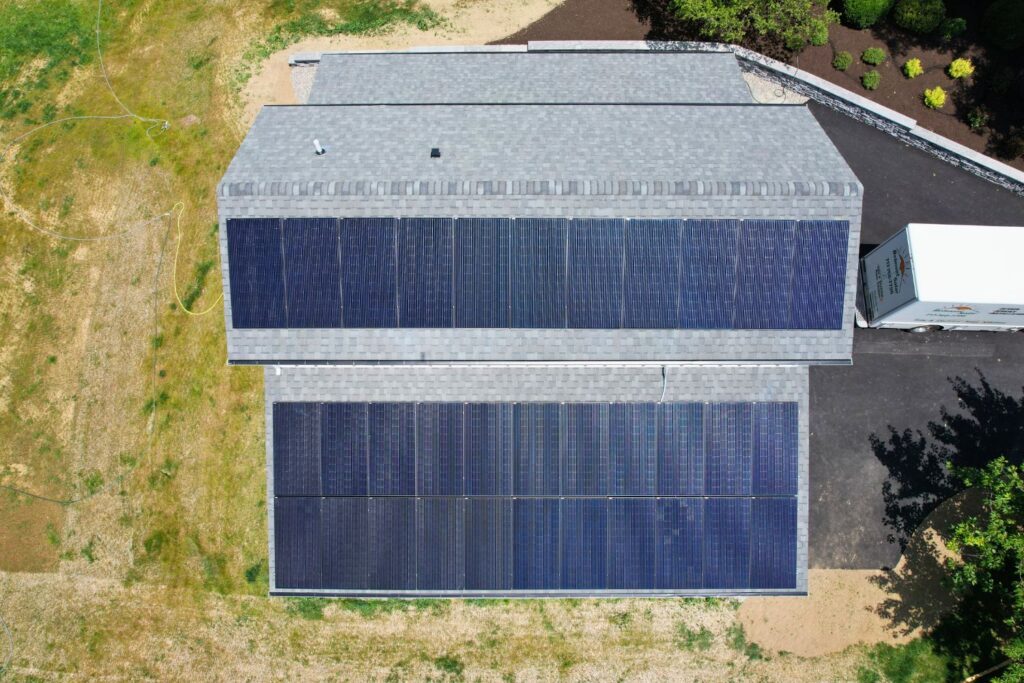
What Happens to Your Payback Period Without the Tax Credit?
A payback period is the amount of time required for an investment to surpass the initial cost spent. (If you spend $1,000 to install solar panels and save $55 a year on utilities because of your new solar panels, your payback period would be 12.5 years).
Even without the full federal tax credit, solar panels continue to offer serious financial benefits. For a typical middle-class family interested in Belmont Solar solar panels for their home, the absence of a federal solar tax will simply mean an additional year or two added to their payback period.
According to Mike Weaver, Belmont Solar’s Consultant & Design Specialist:
“We were routinely providing incredible 7-year paybacks. Without the tax credit, it now just adds up to three years to the payback period. That is still better than what we could provide just 5 to 7 years ago.”
In short, solar is still a great investment. For most families, an added year or two to payback periods still makes solar their wisest energy choice. Plus, as Zook points out “a dollar saved is an additional dollar not taxed.”
The core message: Solar still pays off, and quickly.
With energy costs rising faster than inflation, every kilowatt-hour generated on your own roof becomes more valuable.
The only thing that changes with the removal of the solar federal tax credit is our payback expectations. According to Weaver, “It just makes financing harder if it is the client’s expectation to have a monthly loan repayment bill that is equal or less than what was paid per month, on energy beforehand.”
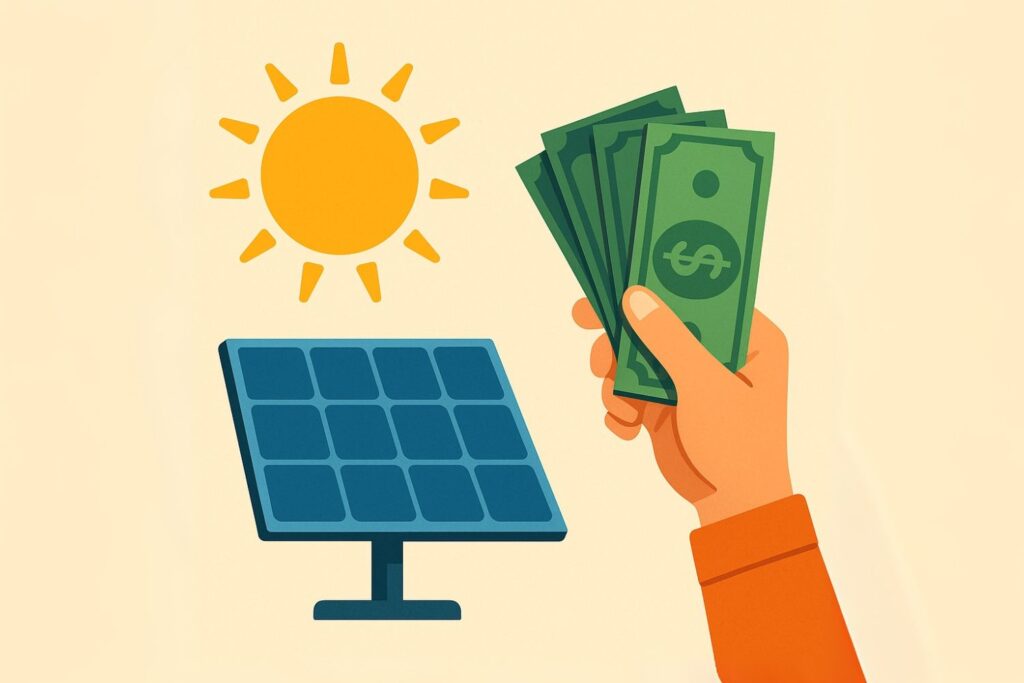
For Homeowners Considering Solar Energy: Is Solar Still Worth it?
Yes. There is no question about it; solar energy is the future. Even if it wasn’t, it’s still a smart financial decision. According to Zook, “Even without incentives, solar is a good investment. People just don’t realize what’s under their noses.”
Solar does more than reduce your monthly utility bill. It can also boost your property’s value, provide you with long-term protection from utility rate cost increases, and give you energy independence. Plus, the obvious environmental benefits set you and your community up for long-term success.
What’s Next for Solar?
While tax credits change, federal policies shift, and government administrations switch, innovation rarely stops marching forward altogether. This is ultimately what gives Ben Zook and Belmont Solar hope.
“The future of solar will probably preserve very much like the internet has — like computer chips, EVs, and laptops.” Ben Zook
Just like it’s impossible to imagine a world without the internet or the United States without its interstate system, there will, too, be a day when energy without solar power is unimaginable. Solar is beyond a tax-incentivized novelty and is growing to be part of our mainstream infrastructure.
This momentum is driven by individuals, neighborhoods, and local businesses, not just federal policy.
As Zook frames it,
“Everyone who owns a rooftop can be financially responsible for their own energy production, use, and management. Actions start with me and you. I like to take things from the grassroots and start simple. It starts with how I run and power my business and how my neighbors power their homes and businesses. It’s a bottom-up approach.”
What About Solar Incentives in Pennsylvania?
Of course, this sweeping change of policy applies to federal tax credits. State and local solar or renewable energy tax credits or incentives may still apply to your solar situation. Many homeowners will still benefit from state-specific programs, net metering, performance-based incentives, and local grants or rebates in 2025 and beyond.
To find out more about what financing incentives are available, check out our Solar Panel Cost Calculator to estimate your cost and find out which credits, incentives, or rebates are still available to you. Be sure to consult your tax or legal professional for the most accurate information to you.
Act Now to Secure Your Solar Savings
In order for homeowners to ensure maximum federal tax credits, you should work to complete your solar installation project before December 31st, 2025.
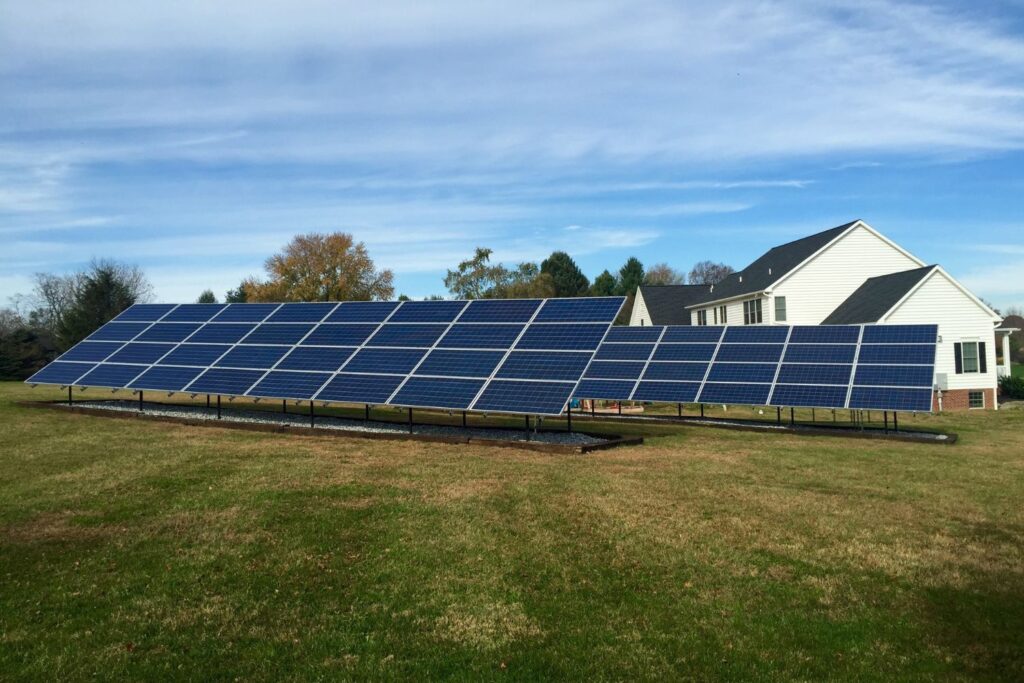
If you’re a business looking to invest in commercial solar projects, you may have a little more flexibility, but it’s also safest to install your project as soon as is feasible before rollbacks begin.
If starting or ending a solar project isn’t feasible this year, there’s no need to despair.
Solar is still very beneficial from an environmental and energy security perspective. And it is still a good protection against rising energy costs.
While the OBBBA may change the policy landscape, it hasn’t changed the actual value of solar.
Solar remains:
- A smart investment.
- A reliable hedge against rising costs.
- A tool for environmental care.
- And a source of energy independence for homeowners.
The tax credit may be winding down, but the opportunity is still open for American consumers.
If you’ve been thinking about going solar, now’s the time to act. Secure your savings, help our energy supply’s future, and join the movement toward a cleaner, more resilient energy future.
God Provides Solar Power For Free!
It's a Fusion Reactor in the sky, a safe distance away. No need to invent a new one.
